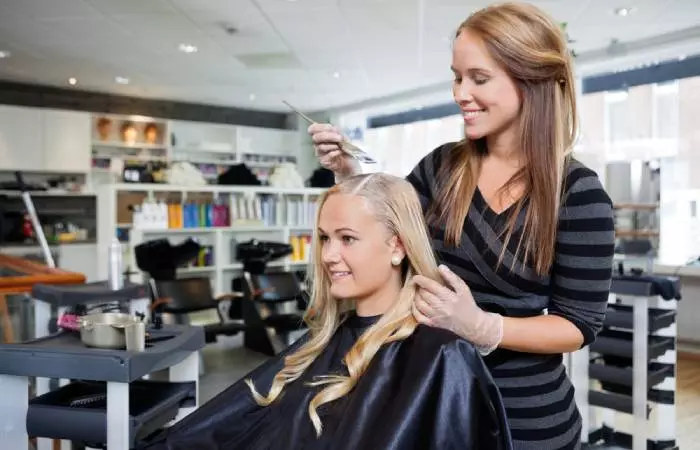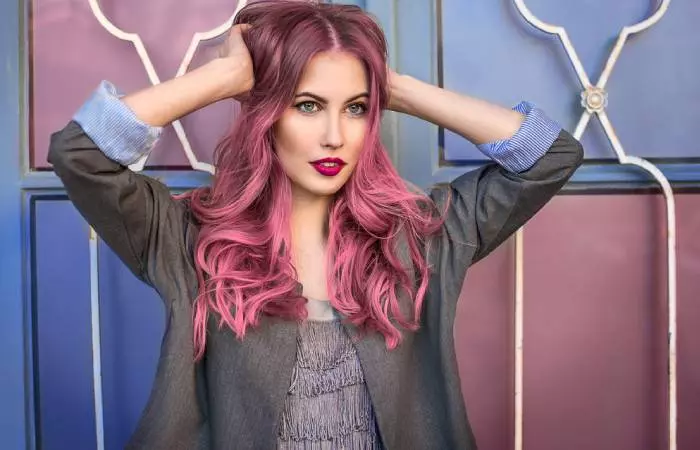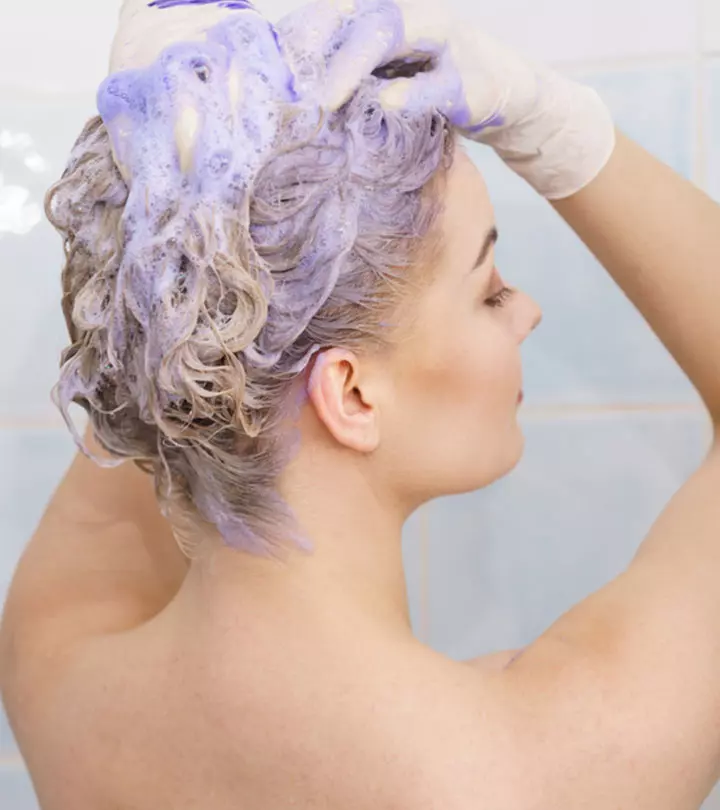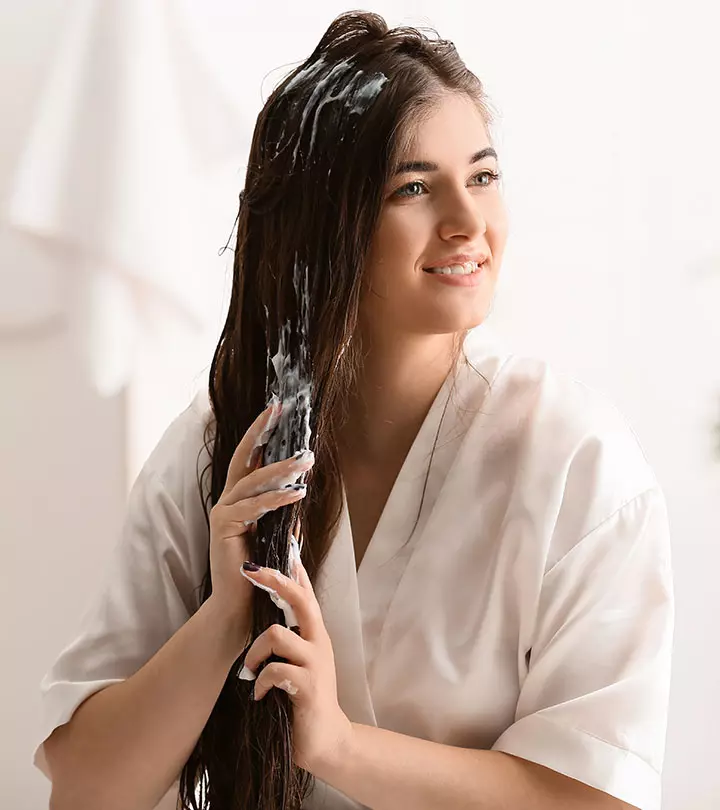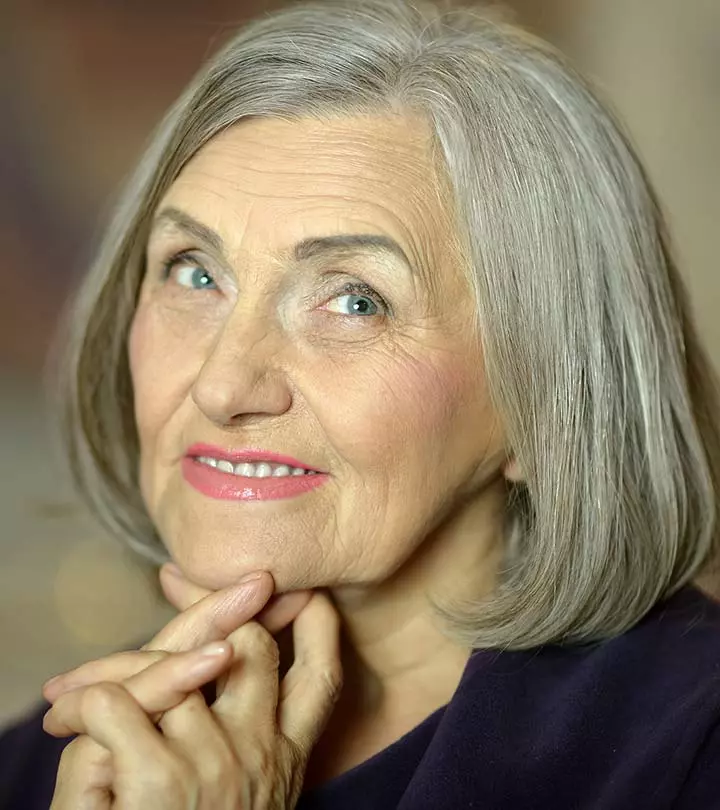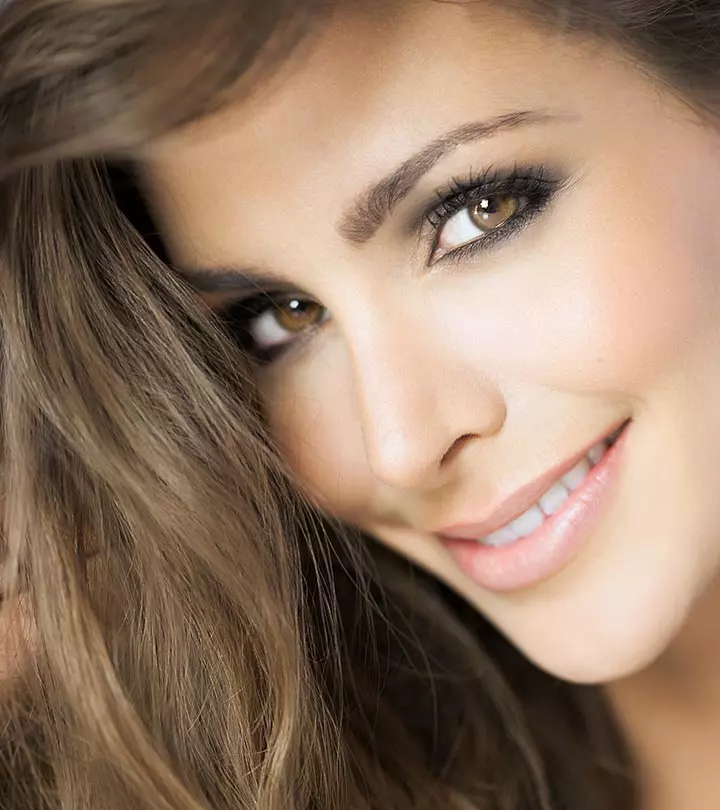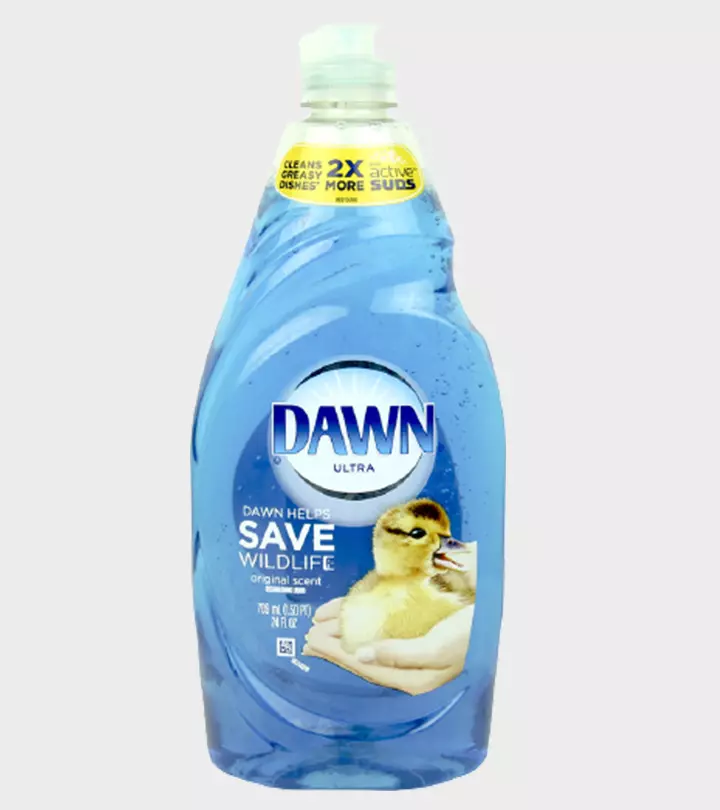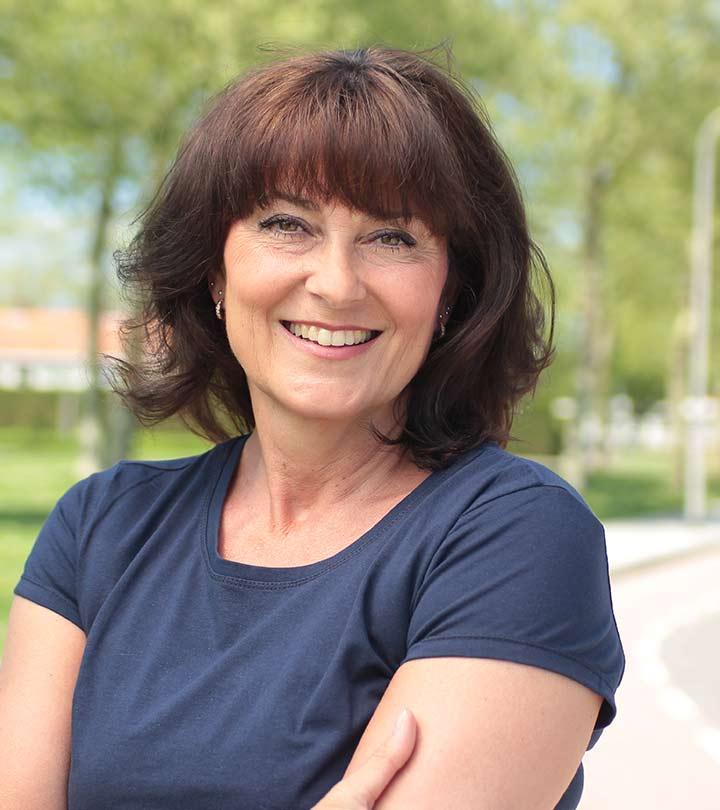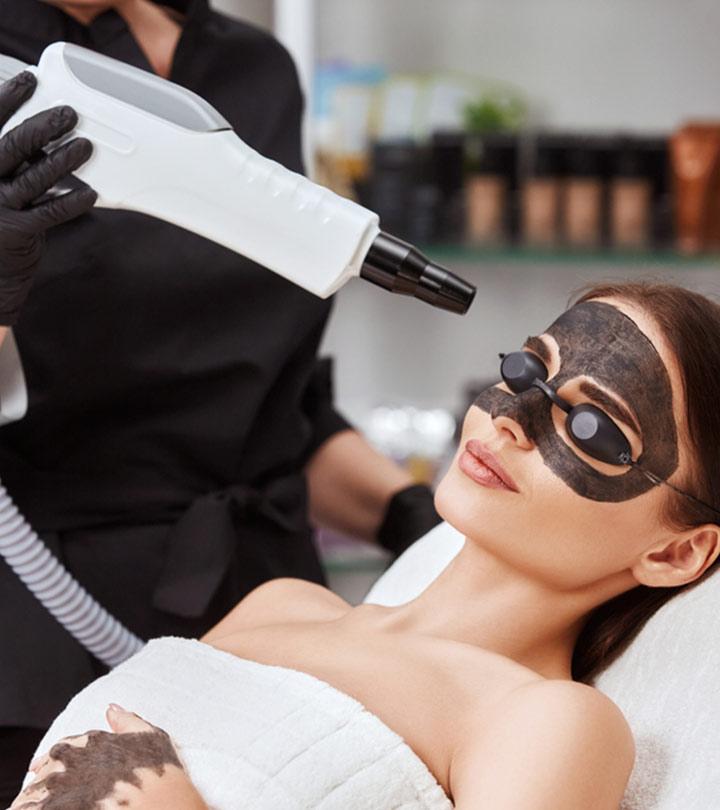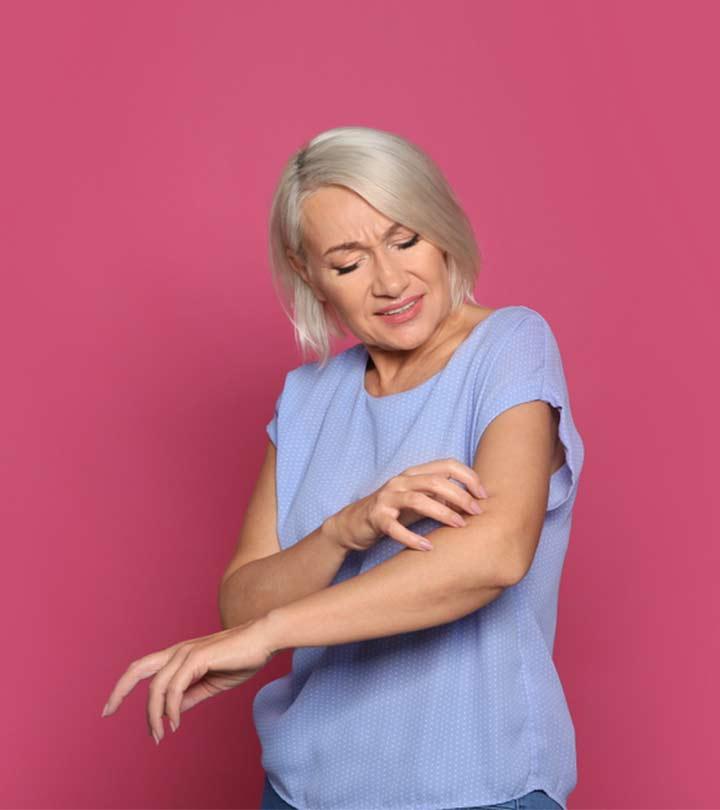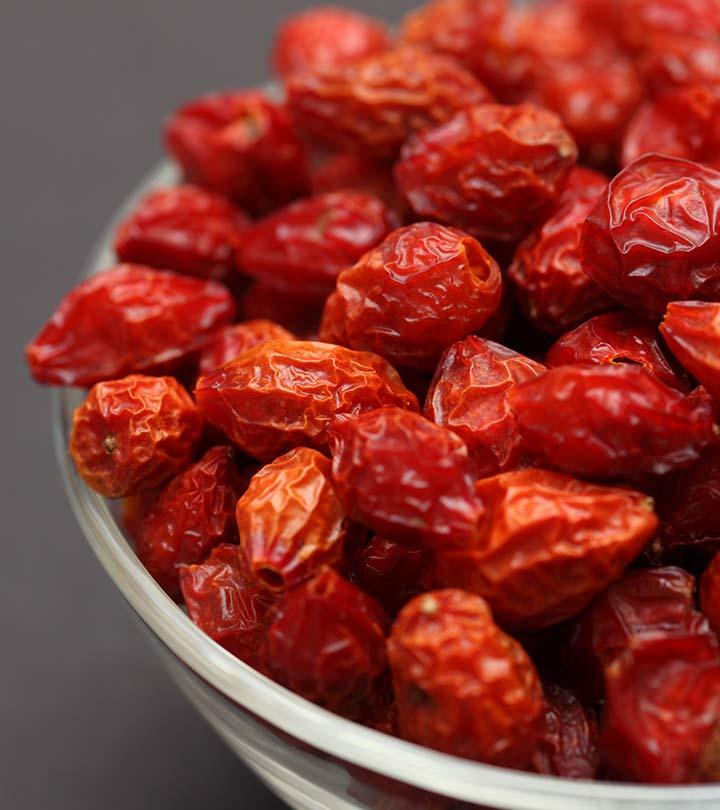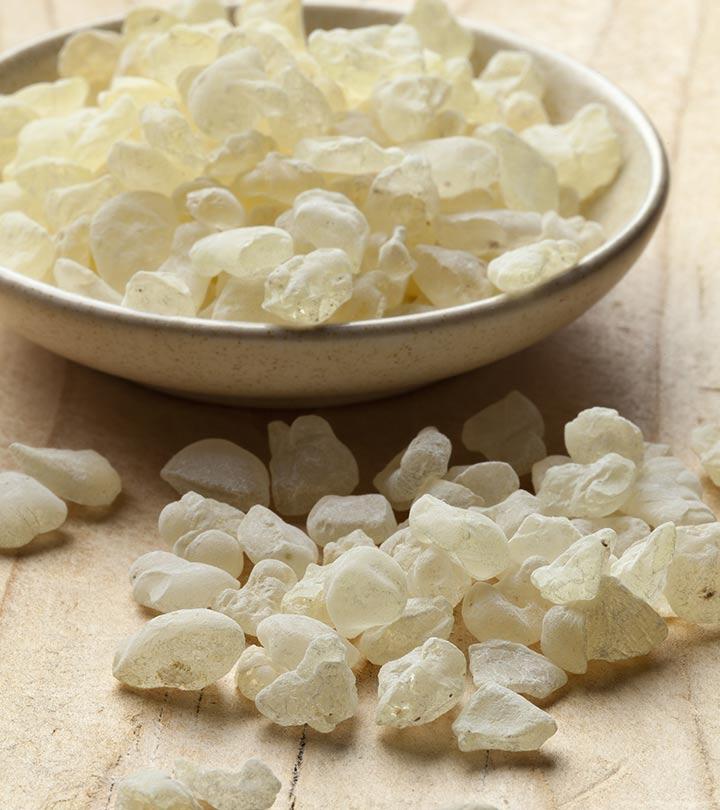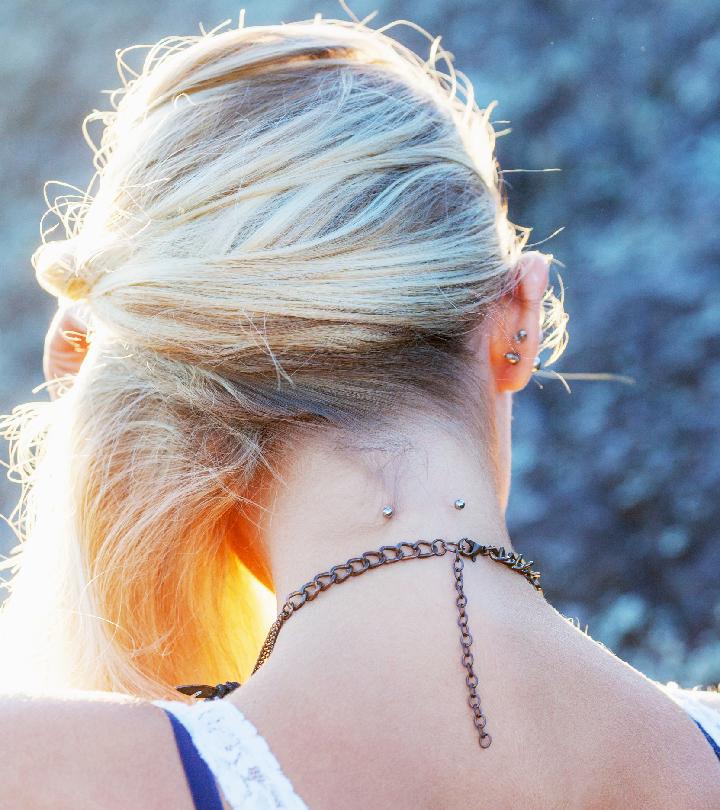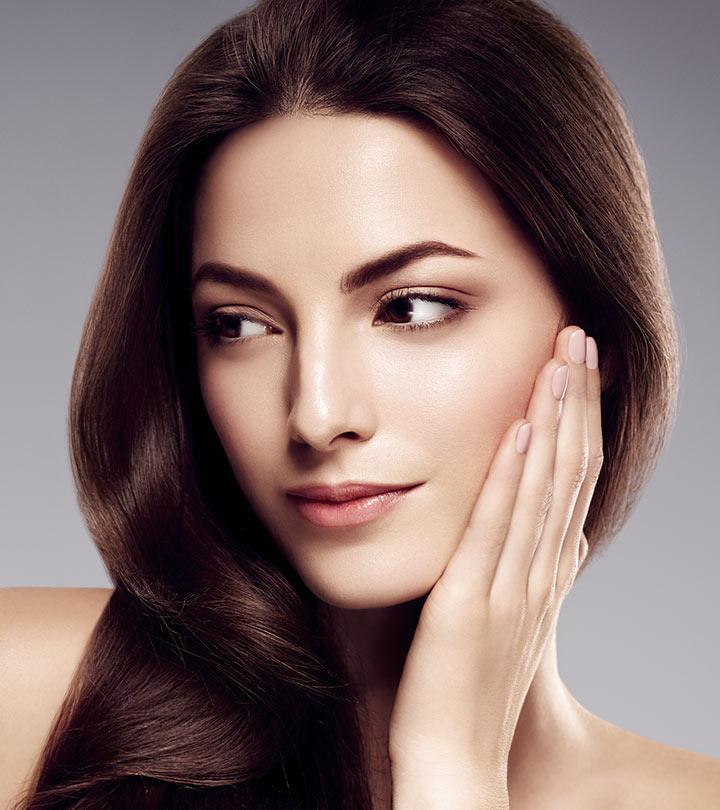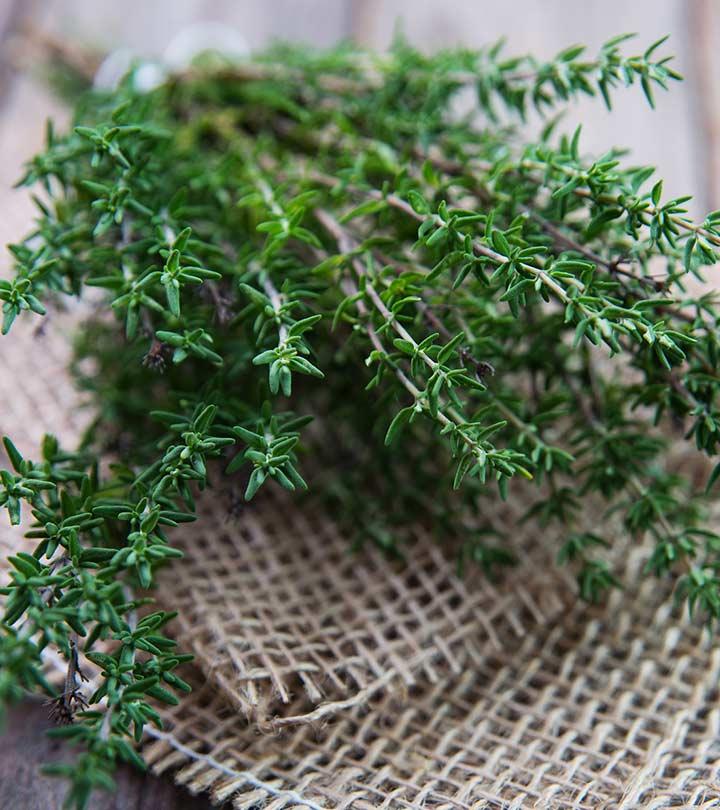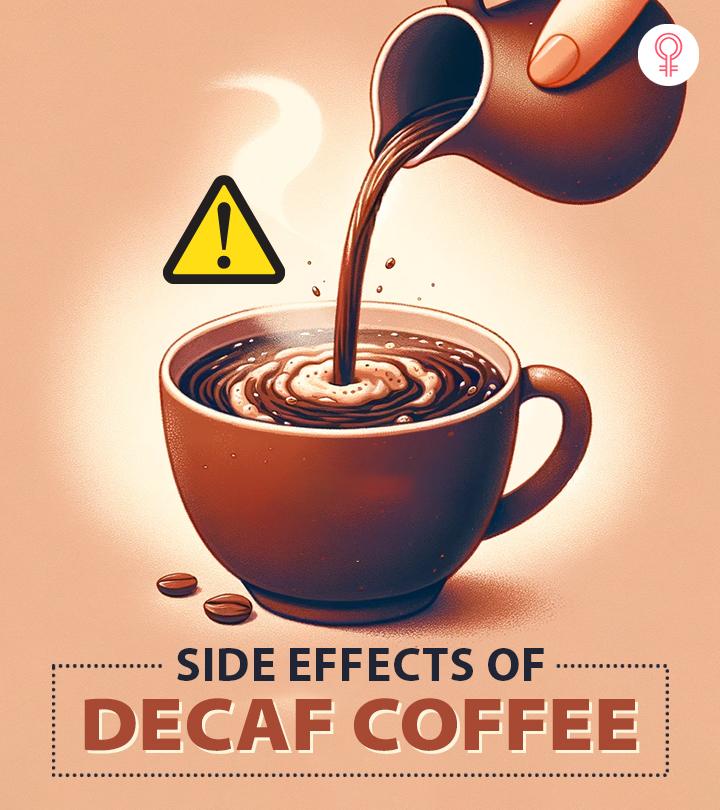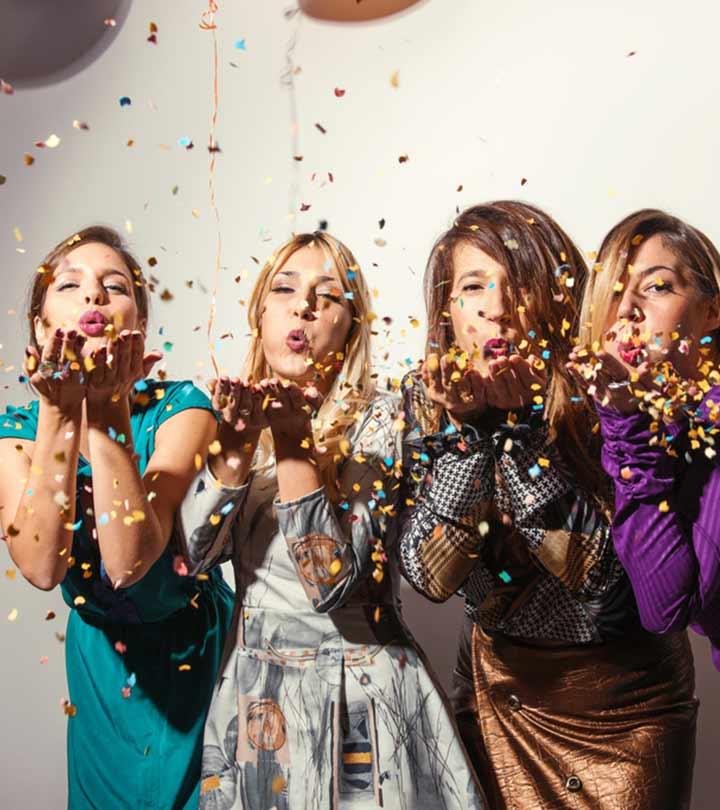Are You Looking Older Because Of Your Hair Color? Let’s Find Out!

Image: Shutterstock
Have you ever considered that your hair color might be making you look older than you are? While hair color is a fun way to express yourself and look perky, it is essential to choose the right shade that complements your skin tone and features. Believe it or not, the wrong hair color can make you look more mature than you are. In this article, we have made a list of a few common hair color mistakes that have the potential to steal your youthful look. Read on!
1. Mismatched Undertones
Selecting a hair color that clashes with your skin undertones can impact how old you look. For instance, if your skin has warm undertones, opting for a cool-toned hair color like ash blonde or platinum might leave you looking washed out and older.
On the other hand, if your skin leans towards cooler undertones, warm-toned hair colors such as golden blonde or copper could create a jarring contrast. To sidestep this pitfall, seek guidance from a skilled colorist who can assess your skin undertones and suggest hair colors that suit you.
2. Overly Dark Shades
While dark hair can be striking and elegant, opting for a color that’s too dark for your complexion can have the opposite effect. It can make you appear older. Dark hair can create a stark contrast against your skin. It can emphasize the fine lines, wrinkles, and imperfections. Instead of going for jet black or deep espresso shades, consider choosing a softer, more natural-looking color like chocolate brown or chestnut. It can still provide depth and dimension without aging your appearance.
3. Unnatural Colors
Bright and bold hair colors like neon pink, electric blue, or vibrant purple can be fun and trendy, but they can also add years to your look if not chosen carefully. These unnatural colors can be harsh against mature skin tones and may draw attention to fine lines and wrinkles. If you’re craving a pop of color, consider opting for softer, more subdued shades like pastel pink or lavender, which can still add a playful touch without making you look older than you are.
4. Neglecting Gray Coverage
Embracing your natural gray hair can be empowering and chic, but if you’re not ready to go gray just yet, covering up those silver strands can help you maintain a more youthful appearance. However, using hair color that’s too dark or stark against your natural hair color can create a harsh contrast. It can make your roots more noticeable as they grow out. Instead, opt for a hair color that’s closer to your natural shade, or consider incorporating highlights or lowlights to blend seamlessly with your gray hair for a more gradual transition.
5. Ignoring Skin Tone Changes
As we age, our skin tone can change, becoming lighter, darker, or more uneven. It’s essential to adjust your hair color accordingly to complement these changes and prevent your hair color from making you look more mature. If you’ve noticed that your skin tone has become more uneven or sallow over time, consider opting for hair colors with warmer undertones.
6. Failing To Consider Lifestyle And Maintenance
When choosing a hair color, it’s crucial to consider your lifestyle and how much time and effort you’re willing to invest in maintenance. Opting for a high-maintenance hair color that requires frequent touch-ups and salon visits may not be practical or sustainable in the long run, especially as you age or if you have a busy life. Instead, choose a hair color that’s low-maintenance and easy to maintain, such as natural-looking highlights or balayage. It can grow out gracefully without requiring frequent upkeep.
What To Consider When Coloring Your Hair?
When coloring your hair, several factors should be taken into consideration to ensure you achieve the desired results. After considering the undertone, think about your natural hair color and how drastic of a change you’re willing to make. Choosing a hair color that is only a few shades lighter or darker than your natural hue can result in a more subtle and natural-looking effect.
Furthermore, consider the level of maintenance you’re willing to commit to, as some hair colors require more frequent touch-ups and salon visits than others.
Your hair color plays a significant role in shaping your overall look and can either enhance or detract from your appearance. Remember to consult with a professional colorist who can provide personalized recommendations based on your unique preferences and needs. With the right hair color choice, you can turn back the clock and embrace a more youthful-looking appearance that reflects your inner beauty.


